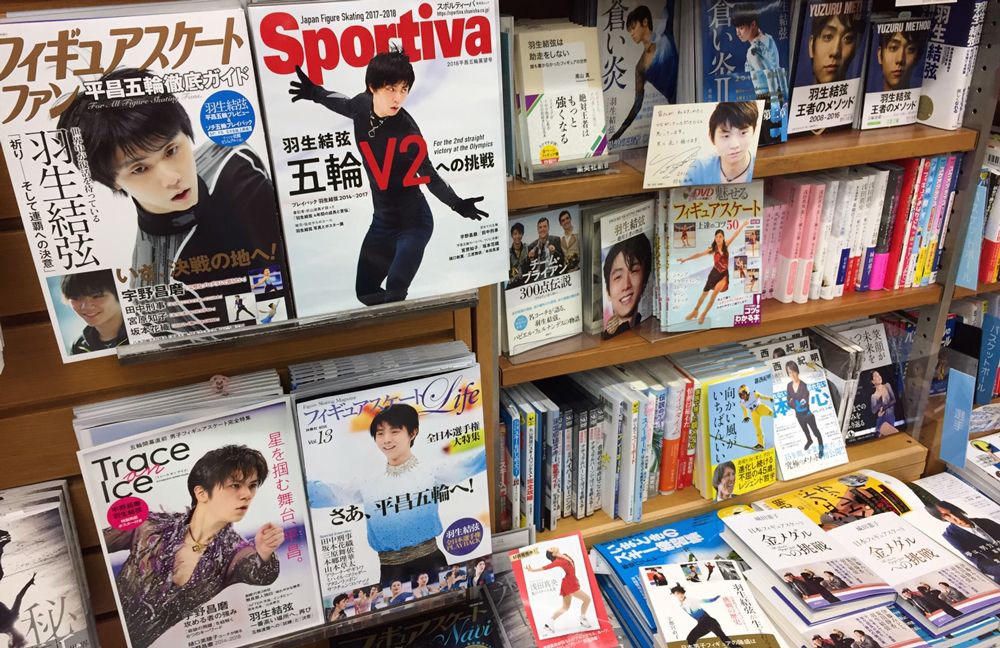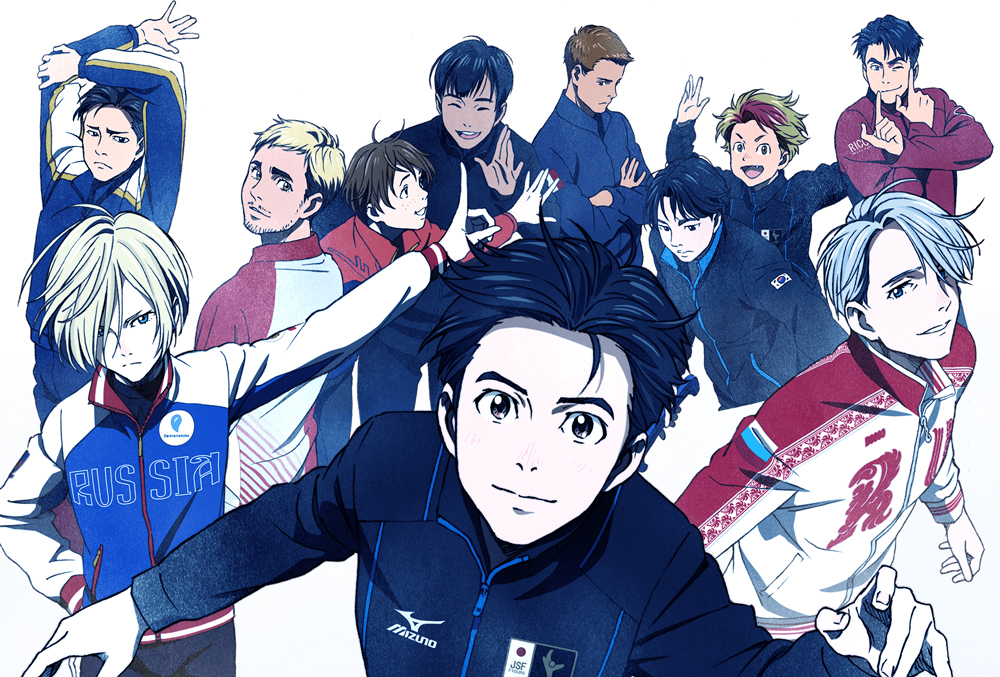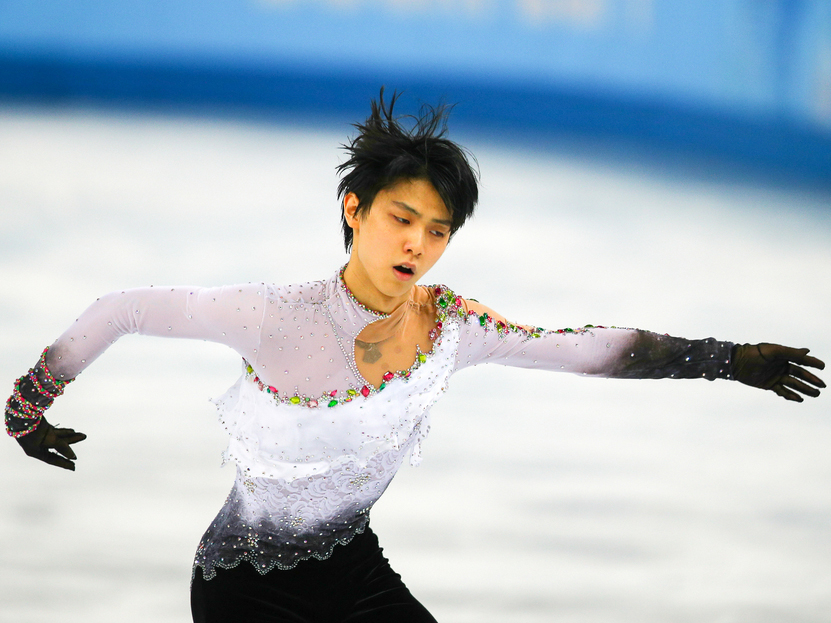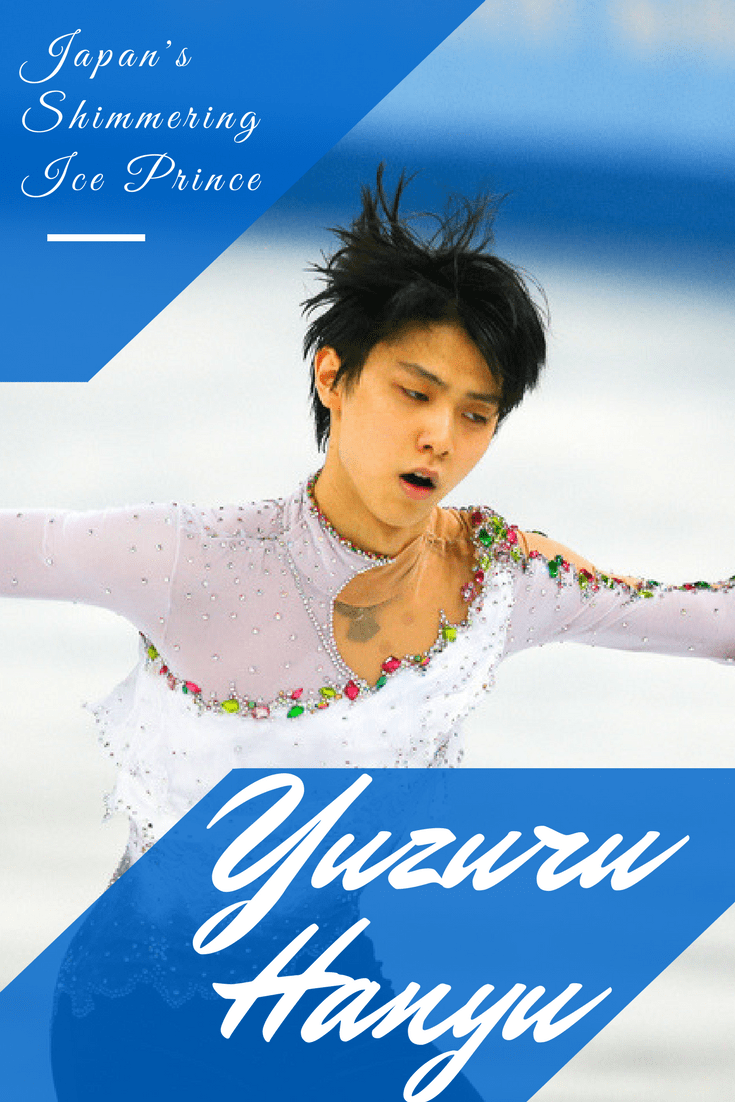In February 2018, 23-year-old Japanese figure skater Yuzuru Hanyu made history winning his second consecutive Olympic gold medal – a rare accomplishment last achieved by a skater (American Dick Button) 66 years ago. The PyeongChang games were Japan’s most successful Winter Olympics to date, with the team bringing back a total of 13 medals, but it was Hanyu who garnered the highest ratings and the most media attention. As global media rush to explain the significance of Hanyu’s Winnie the Pooh tissue box cover, we take a look at why Japan’s fascination with figure skating has skyrocketed in the past few decades.
Sport, Beauty and National Pride: Japan’s Ice Skating Fascination
As Olympic fever kicks in, every country naturally gets behind its most talented athletes (regardless of whether or not we even know the rules of curling). But in cases where a popular sport and a national hero align, the stakes are higher and the spotlight brighter.
Japan’s figure skating obsession skyrocketed around 2010 when Daisuke Takahashi took bronze at the Vancouver Olympics, a first for Japan’s men’s figure skating, before going on to win gold at the World Championships, alongside Mao Asada who was crowned ladies’ singles champion. Takahashi and Asada became household names, lucrative advertising deals followed, and the audience was hooked. But perhaps there is further explanation for ice skating’s appeal in Japan beyond national pride.
East Asia’s fixation with a particular kind of beauty and youth is evident in its cultural history, from ancient art and literature to modern day pop idols. Japan, in specific, has a symbolic and poignant adoration for blossoming youthful talent as well as an appreciation of beauty where gender is largely irrelevant. With the greatest respect to the skills and technical abilities figure skating requires, it is undeniably also one of the most beautiful sports in existence, and coincidentally a sport where its top stars usually retire by their late twenties.
Add to this the artistry, the music, the sensuality, the sparkling costumes, the flowers, the teddy bears, and the unbridled emotions (note that the area where skaters sit and receive their scores is officially regarded as the “Kiss & Cry”), it’s basically a real life fantasy. For generations of women raised on shoujo manga princes, impossibly cute boybands and fairy-tale elegance, it’s no surprise that world of male figure skaters would be especially captivating.
Video: Yuzuru Hanyu skating to Chopin’s “Ballade No. 1” in his Short Program at PyeongChang Olympics
Yuzuru Hanyu: The Ice Prince
Hanyu’s life may as well be ripped from the pages of a comic book. With a career featuring almost as many injuries as trophies, the Sendai native was practicing at the rink the day of the 2011 earthquake and tsunami, and ended up using the proceeds of his autobiographies to help rebuild Sendai’s ice rink. As a young skater, Hanyu was a huge fan of four-time Olympic medalist Evgeni Plushenko – he ended up meeting his idol from whom he now continues to receive adoration and praise. Hanyu’s phenomenal talent along with his cute and sometimes clumsy off-ice persona had caught the eye of many fans even before his victory at Sochi in 2014 – the same year in which he had a nasty collision during the warm up of the China Cup and controversially insisted on skating with a concussion, bandaged head and bleeding chin, falling five times during his performance and yet still winning the silver medal. That’s Hanyu.
At PyeongChang last month, viewers around the world watched the spectacular sight as Winnie the Pooh bears rained down on the rink after each of Hanyu’s performances, a gesture to his beloved mascot. Japanese skating fans are known to travel the world to support their favorites, shelling out for plane fares and event tickets so that they can wave their cheering banners and witness the performances firsthand. National viewership is apparently so high that Japanese advertisements even line the rink at competitions overseas. Avid fans can immerse themselves in fan clubs and merchandise with a plethora of glossy figure skating magazines found in any bookstore in Japan, featuring hundreds of photos of the Ice Prince alongside 19-year-old silver medalist Shoma Uno, and dozens more young skaters. Then there are the books, the DVDs, the free gift with fabric softener or chewing gum, and if you really want to splash out, there’s the replica of Hanyu’s trademark necklace and his power stone bracelets.

Magazines featuring the “Ice Prince” at a bookstore in Tokyo
Yuri on Ice: The Figure Skating Anime that Swept the World
Hanyu aside, there was another viral Olympic figure skating moment last month from Japanese pair skaters Miu Suzaki and Ryuichi Kihara, who’s short program routine used music from the popular 2016 anime TV series, Yuri on Ice. The performance had many anime fans worldwide in tears, with thousands taking to social media to express their excitement.
Video: Miu Suzaki and Ryuichi Kihara skate to “Yuri on Ice”
It’s certainly not the first time that music from an anime or movie has been used on the rink, but the scale, significance and specific sentimentality of the Yuri on Ice fan community made this a particularly special moment. As well as its comprehensive introduction to the trials and tribulations of professional figure skating, the anime was also groundbreaking in its approach to dealing with the romantic relationship between its two male leads, Japanese skater Yuuri Katsuki and his former idol turned coach, Russian skating champion Victor Nikiforov.

The main characters of “Yuri on Ice”
Created by two avid figure skating fans, writer Mitsuro Kubo and director Sayo Yamamoto, Yuri on Ice garnered great interest worldwide. Figure skating fans were particularly impressed by its authenticity to the sport’s insular world, and delighted by references to real life skaters. Notably, the skating sequences in the anime were all choreographed by former ice dancer Kenji Miyamoto who has created routines for both Hanyu and Takahashi in the real world.
In addition, anime enthusiasts and members of the LGBT community were refreshingly pleased to see a homosexual couple depicted outside of the “boys’ love” genre or the fantasized homoerotic subtexts often found in sports anime. While not overtly tackling the subject of sexuality or gender stereotypes in sport, its non-sensational and heartfelt approach was widely praised. On her Twitter account Yuri on Ice writer Kubo stated “…within this world no one is ever going to be discriminated against because of what they like. And that is something I will always protect.”
The story follows Yuuri’s struggling career as he strives to rediscover himself after a slump and compete for gold in the Figure Skating Grand Prix. With the support of his family and friends, through encounters with his rivals and his developing relationship with Victor, Yuuri’s journey is manifested in his free skate performance, a piece titled “Yuri on Ice.”
An eagerly anticipated Yuri on Ice movie adaptation has already been announced (and postponed with a release date still unknown), but after the show ended fans were left wanting more immediately. With a newfound understanding of the terminology and idiosyncrasies of the sport, many quickly found themselves getting their fix from real life figure skating, bringing a slew of new supporters to skaters across the globe.
While any similarities between Yuuri and Yuzuru Hanyu may only exist in fans’ imaginations, the growing passion for the sport and its athletes (fictional or real) shows no sign of slowing down.
https://www.youtube.com/watch?v=k_6UPFKlRj4
This article was first published in March 2018 and updated in December 2021.
Updated On December 6, 2021









